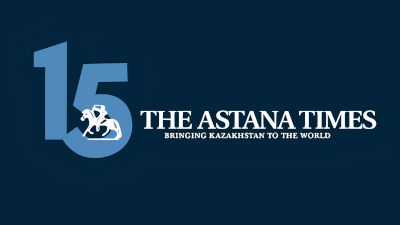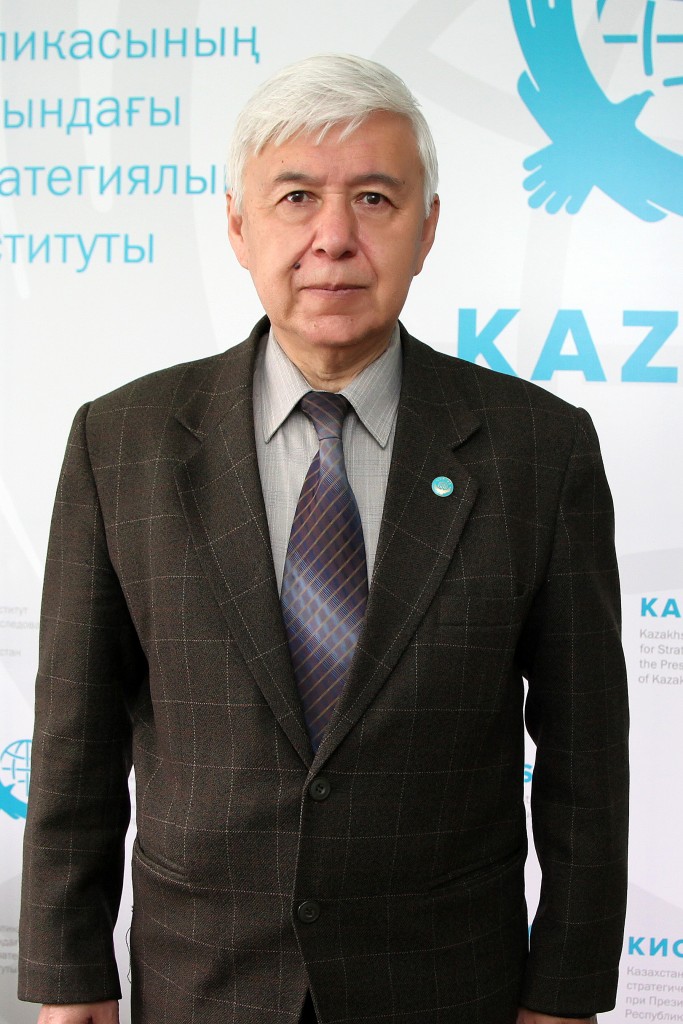Systemic modernisation implies a whole range of economic, cultural, social, political and other transformations aimed at integrating a nation into the progressive course of global development. Though it is obvious that this objective is hard to reach, Kazakhstan has every chance to implement a successful modernisation effort, since it has strong scientific, technical and economic capacity, a rich cultural heritage made up by people and significant natural resources.
In modern circumstances, it is becoming evident that in the modernisation course, the strategy of Kazakhstan’s renewal should be aimed at being proactive, focusing on the future rather than today in terms of world science and technology, social and cultural progress and political structure. In this context, of particular importance is the message of President Nursultan Nazarbayev’s address titled “Course towards the Future: Modernisation of Kazakhstan’s Identity” – which is that large-scale transformations in the country are impossible unless public consciousness changes.
Having a population with an open mind plays a special role in the structure of public consciousness. In his article, the Kazakh President emphasises one of its key characteristics – “the ability to adopt and learn from the experiences of other people and countries. The two great Asian nations of Japan and China are the best examples of this approach. Being open to the best practices is the key to success and one of the characteristics of an open mind.”
Let us refer to the international experience of modernisation.
In the late 20th century, in East and South-East Asia, it became evident that a number of regional states (China, Hong Kong, Taiwan, Singapore) started developing not within the paradigm of Westernisation, but chose the way of a reinterpretation of national tradition. In the modernisation process, they made quite a conscious choice in favour of a national rather than a universal (i.e. Western) one. Most of Asia-Pacific countries have adopted an official course of building an “epoch of culture” as a phenomenon of modern civilisation, and this path led them to a well-deserved success.
The experience of modernisation in Japan is also characterised by an internal mechanism with a moral core. Its foundation was laid back in ancient times. History shows that the key principles of Japanese culture are based on respect, honour, calm and positive attitude to all things in existence, on pragmatism and full responsibility. The inner set up that represents a combination of traditions, customs and moral principles is based on Shinto. There are also traces of Confucianism. These both directions have a common essence – service to society. This aspect is the main accelerator of such fast growth of Japan. It was mixed with the Western progress. This extraordinary powerful symbiosis was synthesised and systematised. This is the driver of qualitative growth of Japan.
The modernisation theory faced an interesting paradox: the more open “the Asia’s Dragons” were to the world, the bigger role traditional Confucian-Buddhist values played in their political culture vis-a-vis universal pillars of the modernisation theory. Successful modernisation practice based on reinterpretation of national traditions in Asia-Pacific countries facilitated drastic reconsideration of the basics of the very modernisation theory. First elaborations into the neo-modernisation theory emerged.
As a less positive experience, we can consider the modernisation of a number of Latin American and Muslim countries that chose the path of Westernising. In particular, within the process of their modernisation, societies in Argentina, Mexico, Brazil, Algeria, Egypt, Sudan, Tunisia and Pakistan cracked in their reaction to the destruction of traditional order and invasion of Western values. At the same time, an acute conflict of values took place in many Islamic countries, which often led to civil wars.
Modern comparative studies in the modernisation field prove that when political actions are not sanctioned by national culture and not perceived as “native,” they can provoke a powerful mass protest movement in society, aspirations to destruct, wipe out political innovations and return to traditional political order. After years of modernisation development, the world started talking about “re-islamisation” of the Middle East, “hinduisation” of India, “returning to Asia” of China and Japan.
The modernisation experience showed that fundamental Western concepts of individualism, freedom, separation of religion and state, equality, human rights and liberalism found little support in Islamic, Confucian, Japanese, Buddhist, and Hindu cultures. Propagating such ideas caused a hostile reaction against “human rights imperialism” and led to the strengthening of the primordial values of native culture. A comparative study of the importance of 100 values in different countries of the world conducted by some Western scholars has shown that “values of paramount importance in the West are much less important in the rest of the world.” Samuel Huntington was one of the first Western researchers to write about the advantages of traditionalism in the field of modernisation: “Not only modern societies include many traditional elements, but also traditional societies, in turn, often have features that are usually considered modern. Tradition should be studied. Moreover, modernisation can strengthen tradition.”
The main problem of the neo-modernisation theory was the search for new factors that ensure the dynamics of constructive political actions in modernisation processes, which required a further revision of the theory. To replace the discredited concept of forced modernisation, the provisions came that are aimed at protection, preservation, revival and support of social and cultural diversity, pluralism of life styles and patterns, providing them with freedom of existence and development.
The contemporary concept of neo-modernisation, along with the idea of secular organisation of social life, includes recognition of the importance of religion and mythology in the spiritual sphere, respect for the charisma of traditional leadership, veneration of the elders’ authority in politics, and the use of the idea of collectivist cohesion of society. Traditional values of kinship, family, the factors of group identification and solidarity significance have been fully rehabilitated.
Thus, it is the national, rather than the universal, that today becomes the main driving force of modernisation processes. We cannot count on the efficiency of modernisation based solely on the indicators of economic growth. It is equally important for the stabilisation of social development to form new values of the community that would not contradict the old traditional order, but develop them in a new direction.
That is why President Nazarbayev, in his conceptual article, urged to improve society by modernising the identity of its citizens, preserving all the best in behavioural and cultural aspects that have accumulated within the centuries-old traditions of the Kazakhs and the history of many peoples living in Kazakhstan.
The author is Chief Research Fellow of the Kazakhstan Institute of Strategic Research (KazISS) under the President of the Republic of Kazakhstan, Doctor of Political Science.



